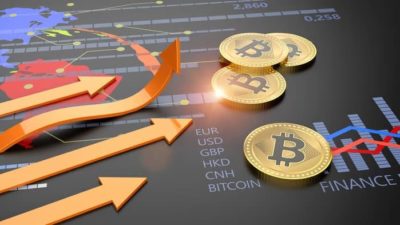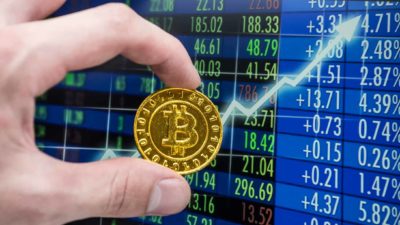The Ethereum (CRYPTO: ETH) price is down 5.4% since this time yesterday.
The world's number two crypto by market cap is currently trading for US$1,092 (AU$1,620).
With another round of selling, the Ethereum price is now down 71% in the 2022 calendar year, and down a painful 78% since achieving record highs of US$4,892 on 16 November last year.
Ether's sliding fortune has not only disappointed crypto investors, it also looks to be crimping interest in participating in the token's merge.
What is the merge?
The Ethereum merge, formerly called Ethereum 2.0, will transition the blockchain from an energy-intensive proof-of-work protocol to a far less energy-hungry proof-of-stake protocol.
The ongoing process allows people to stake 32 Ether to participate in verifying blockchain transactions, and thus earn a reward. Under the staking system, far fewer computers are involved, which also decreases overall costs and increases speeds.
But as the Ethereum price has been tumbling, it's also seen weekly deposits of Ethereum 2.0 staking contracts fall to new lows.
Sliding Ethereum price hits staking interest
As the Bitcoinist reported, Ethereum 2.0 staking contracts have tumbled to their lowest value ever.
Glassnode data indicates that the weekly average of 32-Ether deposits in 2021 was around 500 to 1,000 per day. On 3 July this year, that metric tumbled to a mere 122, the lowest level since the launch of the Ether 2.0 staking contracts.
The big drop in interest appears to be due to the big retrace in the Ethereum price.
At the current prices, less than 17% of the total deposited supply of tokens in the Ethereum 2.0 contracts are in profit. Most of that will have been deposited in, or before, January 2021, the last time the Ethereum price was trading below these levels.
Now what?
With the Ethereum price, and indeed most every leading crypto, down sharply this year, eToro's market analyst and crypto expert Simon Peters said:
The message for investors at the moment is to hold tight and keep watch of the market. We see regular institutional movement and ongoing growth of the sector as a key indicator that the game is not up. What's important to remember, however, is that diversifying within the sector, as in any asset class, is essential to spread risk.








